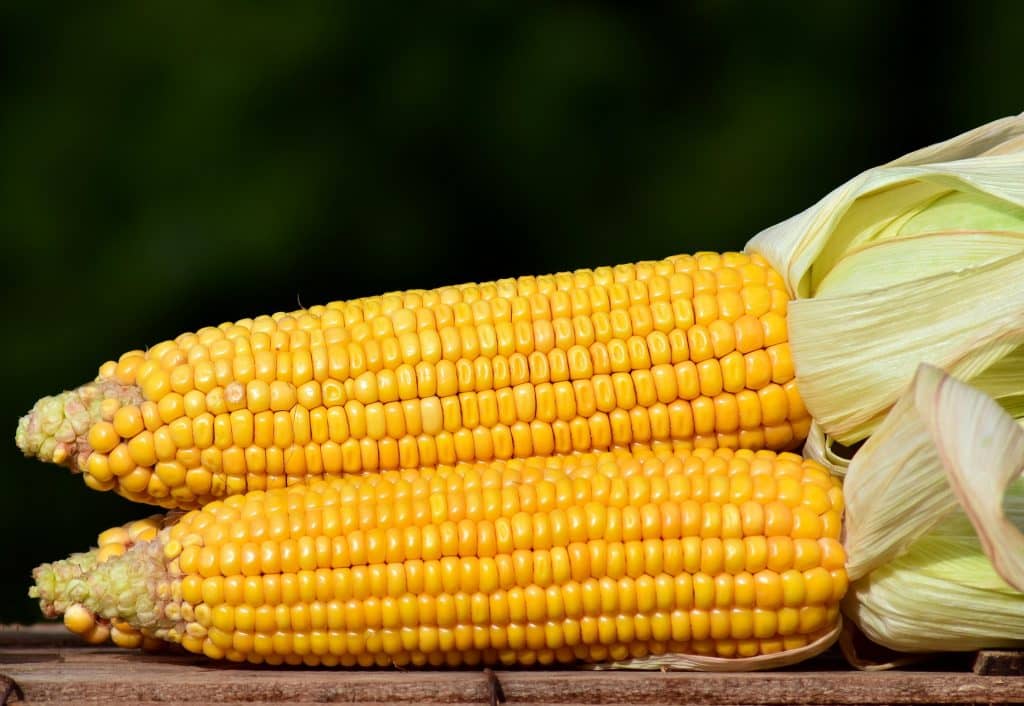Porto Alegre, January 16, 2024 – The Brazilian corn market started 2024 with good growers’ retention and firm prices, as well as with the start of the harvest in Rio Grande do Sul. The surprise was the complete reversal of this situation in the course of business in the second week of January. The volume of offers evolved quickly to the point of putting pressure on prices throughout the Center-South of the country and reducing purchasing interest, at least at the prices that were being asked. Price cuts of BRL 5 to 8 a bag were registered last week. The selling pressure has returned among growers and gives us the impression that they will decide to sell corn and retain soybeans once again, a situation that should keep corn prices weaker as long as this situation does not change.
In 2023, even with a strong crop failure in the south of the country, growers decided to sell corn aggressively in the first half of the year. The attempt would be to focus on the commercialization of soybeans, that is, to wait for upward movements in soybeans in the face of production losses in South America. With this decision, growers put strong pressure on the corn market and were unable to recover soybean prices, which continued to fall. In addition to production losses in Argentina, Brazil registered losses of almost 13 mln tons due to the climate in the South, which drastically affected soybeans. In total, soybeans lost nearly 40 mln tons in 2023 in South America, and soybean prices fell instead of rising.
In 2024, we will have an unprecedented loss of significant production in Mato Grosso and some regional losses in the Midwest and Paraná, which reach approximately 13 mln tons. Perhaps they could still be bigger. However, so far, they are much smaller compared to 2023 when considering the South American picture. The agricultural media and consultancy companies without any reputability are trying hard to convince growers not to sell soybeans, and once again growers seem to move toward this type of retention.
The issue is that this kind of attitude is starting to affect corn. The volumes from the old crop, still present in stocks, are beginning to be offered more in the domestic market and without significant liquidity in exports. As domestic market prices were above export parity in December, trading companies worked only to complete the ships already scheduled and without new sales. So, the scheduled exports involve 4 mln tons in January, with a volume already completed close to 1.5 mln tons. In the business year, the number is 54.8 mln tons, far from the 60/62 mln tons projected by market agents.
Safras & Mercado’s projection for 55/57 mln for exports in the 2023 cycle is now being confirmed, and the effect is greater carryover stocks, projected at 8 mln tons. A part of this volume begins to exert sales pressure in the domestic market, on the side of Goiás, Mato Grosso do Sul, Minas Gerais, and São Paulo. Only in Mato Grosso and Matopiba supply has not resumed due to the effective absence of lots for sale in the growers’ hands.
Meanwhile, the harvest in Rio Grande do Sul and western Santa Catarina is still progressing with discreet productivity, below 100 bags/ha. Even so, prices are decreasing with the seasonal improvement in supply to BRL 62/65 in Missões. Prices are still high to facilitate export flow, and there is still no shipping schedule through the port of Rio Grande.
The detail of the week was the rapid decline in prices on the Argentine FOB market, for shipments from March onward. In a situation where highs in the Brazilian market continue, as we saw in December, imports could become an alternative to fight the highs. This information was one of the reasons that triggered the downward movement over the week. As for the Northeast region, with high prices at the moment, it seems clear that imports from Argentina will be made possible from March onward with the harvest in the neighboring country, not least because it seems difficult for large volumes of corn to emerge in Matopiba until the 2024 second crop.
Follow the Safras Agency on our website. Also follow us on our Instagram and Twitter and stay on top of the main agribusiness news!
Copyright 2024 – Grupo CMA

